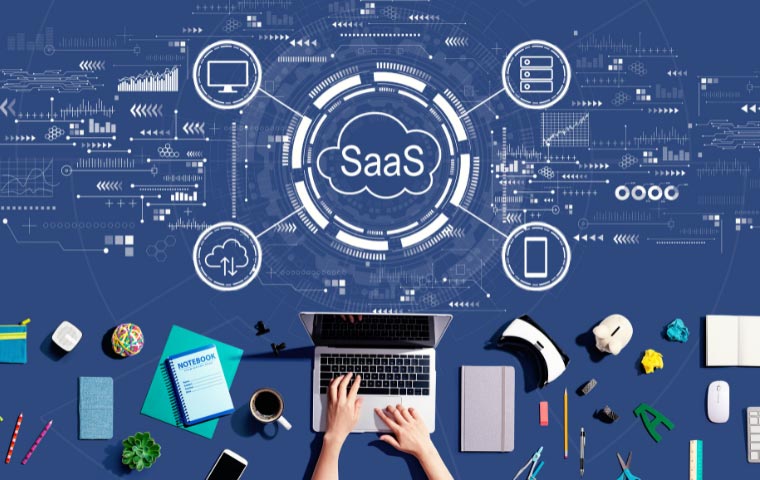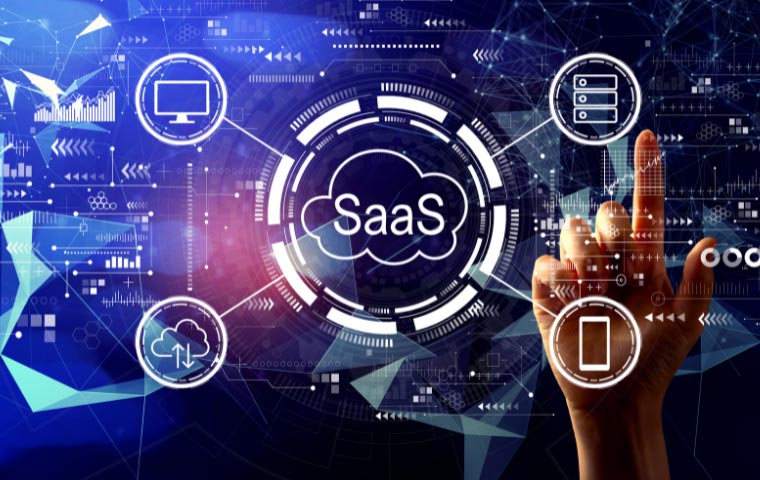In-App Purchases vs Ads: Which Strategy is Best?
You’ve created your app, and people are starting to download,...
We use cookies for our website to give you the most relevant experience by remembering your preferences. By clicking “accept”, you consent to use of ALL the cookies
This website uses cookies to improve your experience while you navigate through the website. Out of these, the cookies that are categorized as necessary are stored on your browser as they are essential for the working of basic functionalities of the website. We also use third-party cookies that help us analyze and understand how you use this website. These cookies will be stored in your browser only with your consent. You also have the option to opt-out of these cookies. But opting out of some of these cookies may affect your browsing experience.
Necessary cookies are absolutely essential for the website to function properly. These cookies ensure basic functionalities and security features of the website, anonymously.
| Cookie | Duration | Description |
|---|---|---|
| cookielawinfo-checkbox-functional | 11 months | This cookie is set by GDPR Cookie Consent plugin. The cookie is used to store the user consent for the cookies in the category “Analytics”. |
| cookielawinfo-checkbox-functional | 11 months | The cookie is set by GDPR cookie consent to record the user consent for the cookies in the category “Functional”. |
| cookielawinfo-checkbox-necessary | 11 months | This cookie is set by GDPR Cookie Consent plugin. The cookies is used to store the user consent for the cookies in the category “Necessary”. |
| cookielawinfo-checkbox-others | 11 months | This cookie is set by GDPR Cookie Consent plugin. The cookie is used to store the user consent for the cookies in the category “Other. |
| cookielawinfo-checkbox-performance | 11 months | This cookie is set by GDPR Cookie Consent plugin. The cookie is used to store the user consent for the cookies in the category “Performance”. |
| viewed_cookie_policy | 11 months | The cookie is set by the GDPR Cookie Consent plugin and is used to store whether or not user has consented to the use of cookies. It does not store any personal data. |
Functional cookies help to perform certain functionalities like sharing the content of the website on social media platforms, collect feedbacks, and other third-party features.
Performance cookies are used to understand and analyze the key performance indexes of the website which helps in delivering a better user experience for the visitors.
Analytical cookies are used to understand how visitors interact with the website. These cookies help provide information on metrics the number of visitors, bounce rate, traffic source, etc.
Advertisement cookies are used to provide visitors with relevant ads and marketing campaigns. These cookies track visitors across websites and collect information to provide customized ads.
Other uncategorized cookies are those that are being analyzed and have not been classified into a category as yet.
Cyberia Tech, Inc. respects your privacy. This Privacy Policy explains how we collect, use, and share your information. By using our services, you agree to this policy. If any other agreements conflict with this Privacy Policy, the terms of those agreements prevail.
Cyberia Tech complies with the EU-US and Swiss-US Privacy Shield Frameworks for handling personal data from the EEA, UK, and Switzerland. In case of any conflict, the Privacy Shield Principles prevail. Learn more at Privacy Shield. Key Definitions
Information linked to an individual, transferred from the EEA, UK, or Switzerland to the U.S.
Data revealing race, religion, health, sexual orientation, and similar categories.
Effective Date: [ 2025 / 11 / 29 ]
Welcome to The Cyberia Tech ! By accessing or using our website or services, you agree to
comply with and be bound by these Terms of Use and our Privacy Policy. If you do not agree with
these terms, please do not use our Services.
Loading
0 %

The popularity of SaaS has increased in recent years. This technology lets users access software applications over the internet instead of installing and updating the software on their own computers or servers.
This cloud-based plan has many benefits, such as lower initial costs, the ability to grow, and flexibility. This blog will look at the benefits of software as a service and how it can help businesses of all kinds.
Whether you are a new business or have been in business for a while, knowing the benefits of SaaS will help you decide what software you need.
Table of Contents
Software as a Service (SaaS) is a popular software delivery model allowing users to access software applications online. SaaS eliminates the need for users to install and maintain software on their own computers, as the service provider hosts and maintains the software.
This model has become increasingly popular in recent years due to its cost-effectiveness and flexibility.

SaaS is a great option for businesses of all sizes looking to streamline their operations and reduce IT costs.
Software as a Service (SaaS) is a popular software delivery model that offers software applications over the Internet on a subscription basis.
This model allows users to access software without needing installation or maintenance, making it a convenient and cost-effective solution for businesses.
With SaaS, the software is delivered over the Internet, providing users with easy access to the latest updates and features.
This model involves the application’s hosting by the software provider and its accessibility to customers via the Internet, eliminating the need for customers to install the software on their own computers or servers.
SaaS allows users to conveniently access the software through a web browser or dedicated application while the provider handles infrastructure, security, and maintenance.
Cloud computing enables businesses and individuals to effortlessly access web applications without incurring upfront expenses, installation hassles, and ongoing maintenance requirements.
SaaS applications are widely used in various industries. Some of the popular SaaS applications include customer relationship management (CRM) tools such as Salesforce, project management tools like Asana or Trello, and communication and collaboration tools like Slack or Microsoft Teams.
These applications are designed to streamline business processes and enhance productivity. With the help of SaaS applications, businesses can manage their operations more efficiently and effectively.
SaaS has recently gained immense popularity due to its convenience, scalability, and cost-effectiveness.
Undoubtedly software as a service is not a perfect technology let’s see some of the pros and cons:
Advantages:
SaaS, or Software as a Service, presents numerous benefits compared to conventional software licensing models. The advantage of having software that does not rely on the licensing company’s servers is that:

Software as a Service is a:
The SaaS model is highly effective for enterprise-level services, particularly for human resources. Collaborative tasks involving sharing, editing, and publishing material among employees from different departments are common.
Such tasks often require remote collaboration, as the employees may not work in the same office.
Disadvantages
You may have security and delivery issues. Companies must secure external server data to avoid illegal access.
Cloud server performance might suffer from poor internet connectivity, especially when accessed remotely.
Internal networks are faster than Internet connections, making them better for data transfer and internal communication. Remote SaaS solutions have control and customization issues.
This technology consumers should be aware of its drawbacks:

Uncustomized websites might hurt user experience and performance. Website customization improves aesthetics and functionality. A website with poor personalization may fail to suit its target audience’s needs, resulting in high bounce rates and low conversion rates.
To maximize user interaction and search engine visibility, websites must be customized.
Google Docs and Drop Box are popular Software as a service. Today you can see This technology in many other parts, such as:
We can say that saas is a hassle-free shortcut to use the app quickly without additional steps.
Amazon Web Services, or AWS for short, is Amazon’s all-encompassing, always-evolving cloud computing platform, with its own unique blend of infrastructure-as-a-service (IaaS), platform-as-a-service (PaaS), and packaged software-as-a-service (SaaS) services.
What is considered a SaaS product?
Software as a service (SaaS) is a model in which the service provider hosts the software and makes it available to clients online. Users may access the product via a web or mobile browser, eliminating the need to install or download a copy of the programme. The programme is hosted by the SaaS provider, who is also responsible for maintenance and future upgrades.
With SaaS, information may be accessible from any device so long as it has an internet connection and a web browser. The servers, databases, and application code are all hosted and maintained by the software provider under this paradigm.
The advent of SaaS has brought about a significant transformation in the delivery and consumption of software. Cloud computing has gained immense popularity among businesses of all sizes due to its numerous benefits, such as cost-effectiveness, flexibility, and scalability.
In conclusion, it is crucial to thoroughly evaluate the advantages and disadvantages of implementing SaaS for your particular requirements.
By leveraging the power of the cloud, you can make informed decisions and stay ahead of the competition.
It provides diverse options to help optimize your business operations and achieve your objectives, whether you require a CRM tool or a project management solution. Contact us to guide you about software as a service.
You Can Get More Information!
